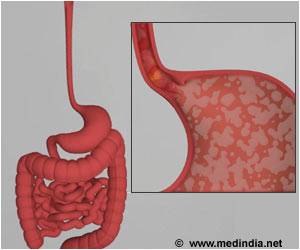New insight on the genes that allow the wind and food pipe to separate during development may help scientists understand the possible causes of birth defects where the two organs remain joined.

‘New insight on the genes that allow the wind and food pipe to separate during development may help scientists understand the possible causes of birth defects where the two organs remain joined.’





During prenatal development, a tube of stem cells in the embryo gives rise to the cells of both the esophagus and trachea. These cells become distinct and eventually the two structures separate. Previous studies have suggested that a pair of master gene regulators called NKX2.1 and SOX2 may control this process, but it is not clear which genes are activated by these regulators or if there are other regulators that might also be involved. "We wanted to determine all of the genes that distinguish the trachea from the esophagus and to learn how NKX2.1 and SOX2 influence the development of these organs," says lead author Akela Kuwahara, a Developmental & Stem Cell Biology Program graduate at the University of California, San Francisco (UCSF), US.
To do this, Kuwahara and a team of researchers led by Jeffrey Bush, Associate Professor at the Department of Cell & Tissue Biology, UCSF, used single cell RNA sequencing to compare all the genes that were switched on in the cells of the developing esophagus and trachea in mice. Their results showed there are two very different sets of genes that are turned on during early development of the two organs.
Next, they compared which genes were turned on in the esophagus and trachea of developing mice, comparing animals that had a functional NKX2.1 gene with those that did not. Most of the genes needed for the two tissues to develop were still turned on in the mice lacking NKX2.1. But a few important genes were different in these animals, including for example those needed to grow the cartilage that supports the trachea or the smooth muscle that moves food down the esophagus.
"This suggests that NKX2.1 is not the master regulator for all genes involved in trachea development, but instead regulates only a small number of important genes," Kuwahara explains. "Our results reveal multiple new genes that are essential for trachea and esophagus development in mice, but we now need to determine if these same genes are involved in the development of these organs in humans."
Advertisement
Source-Eurekalert















